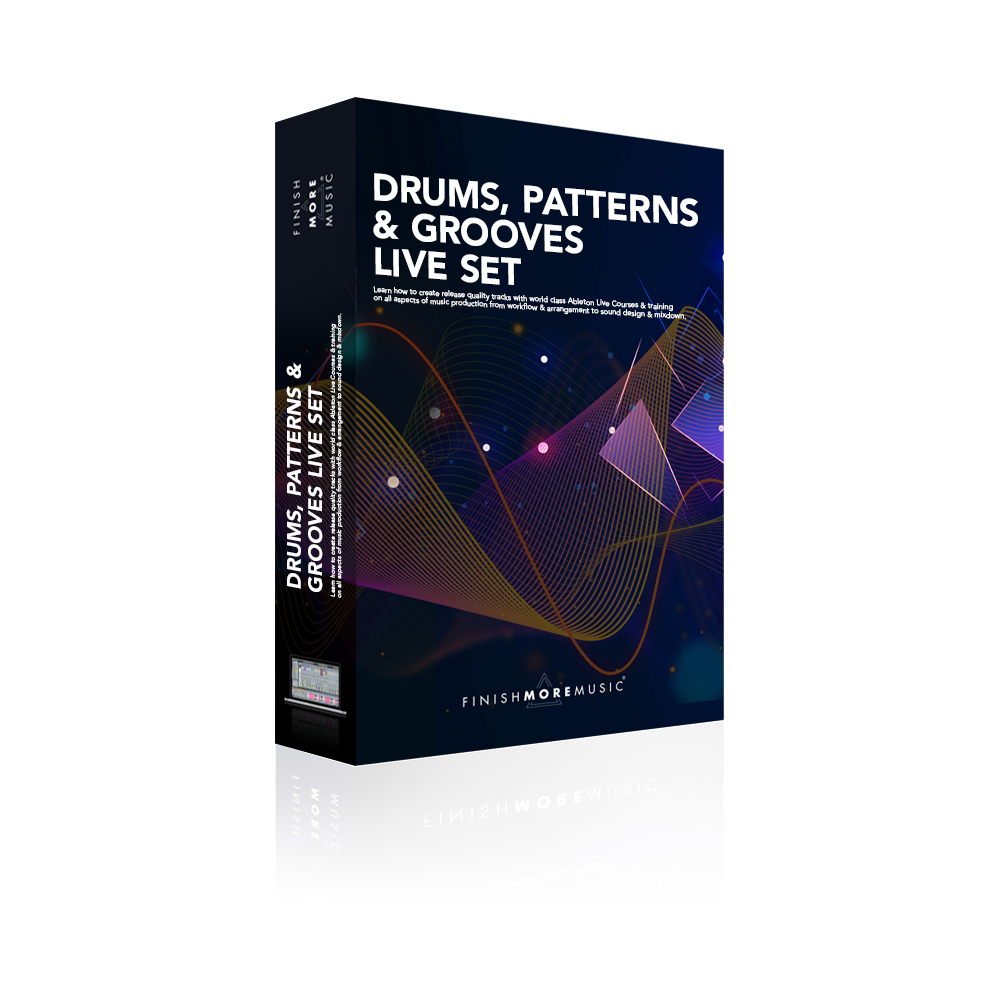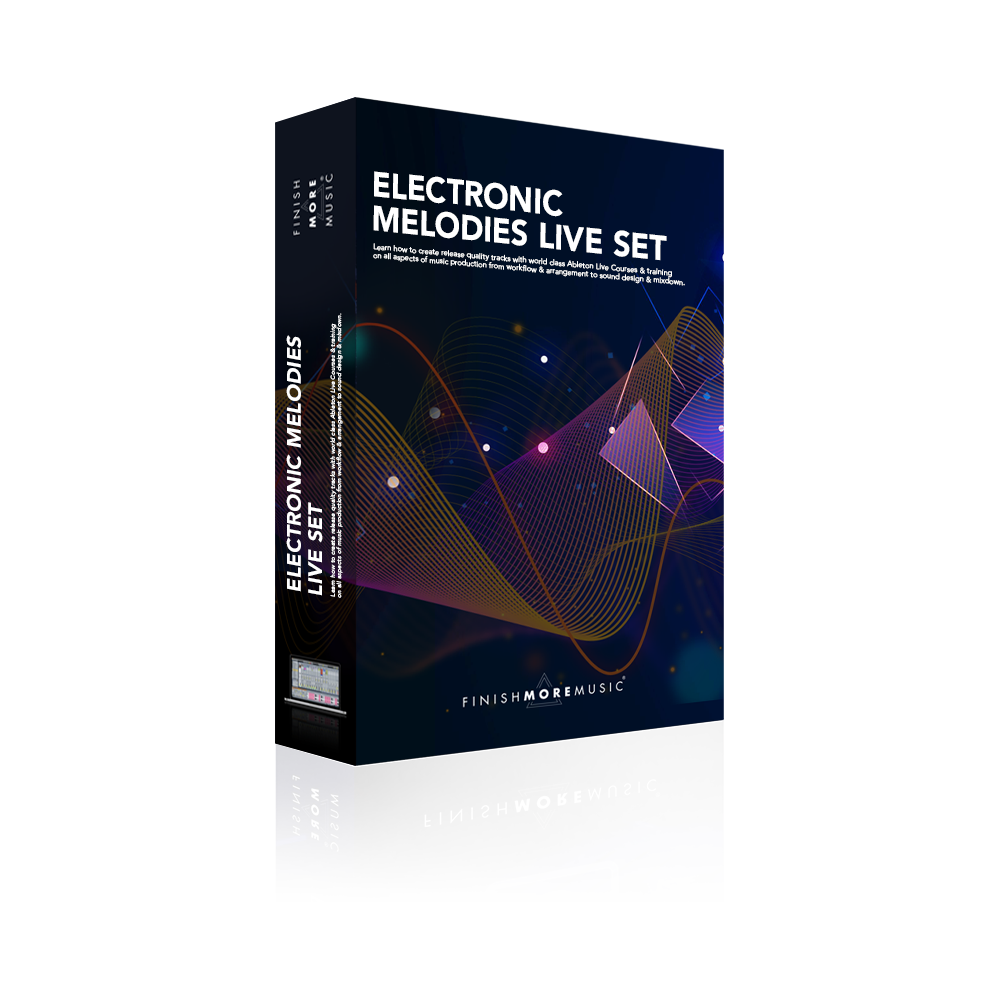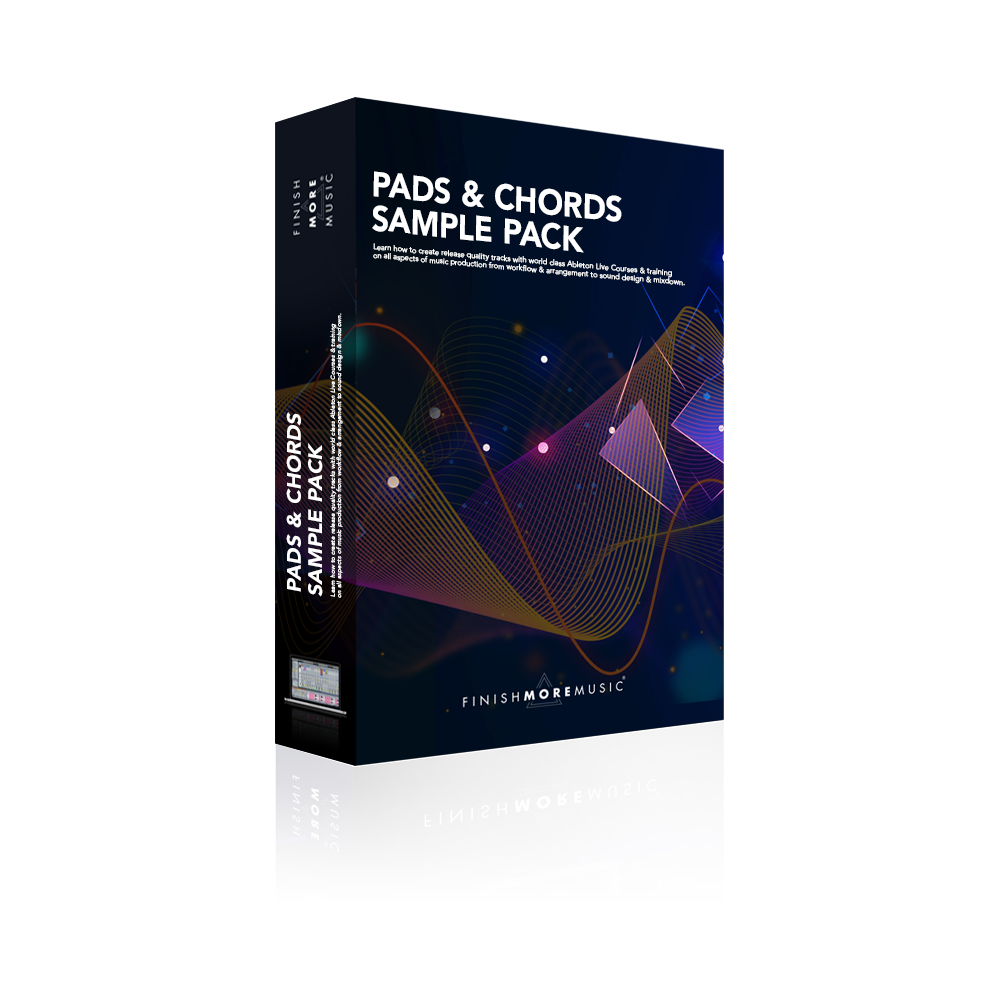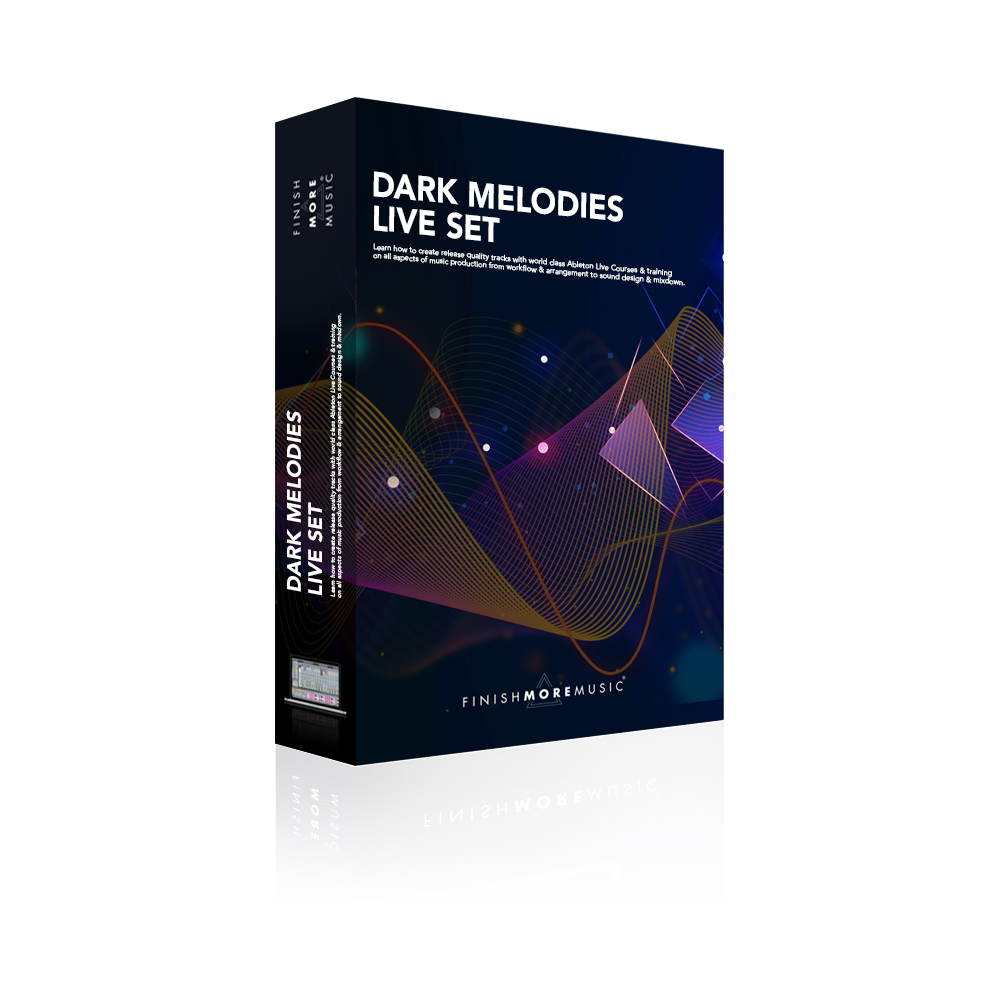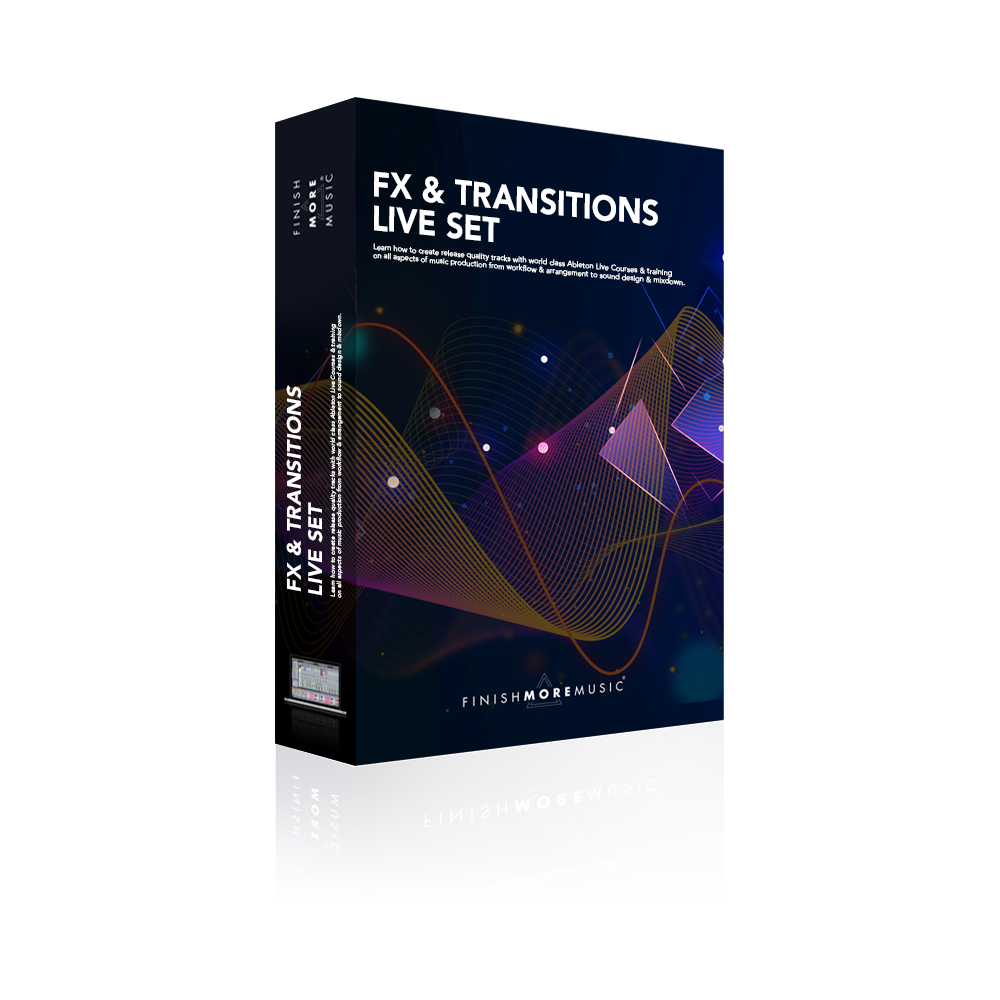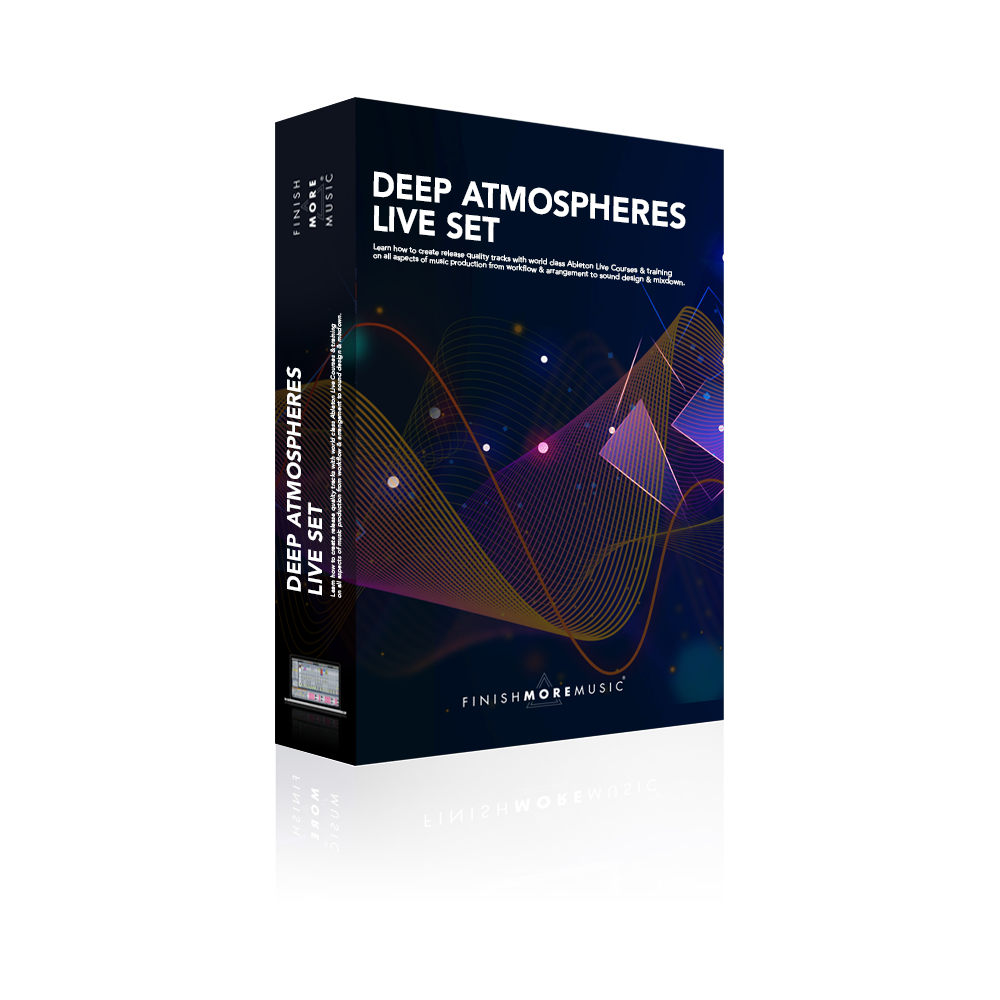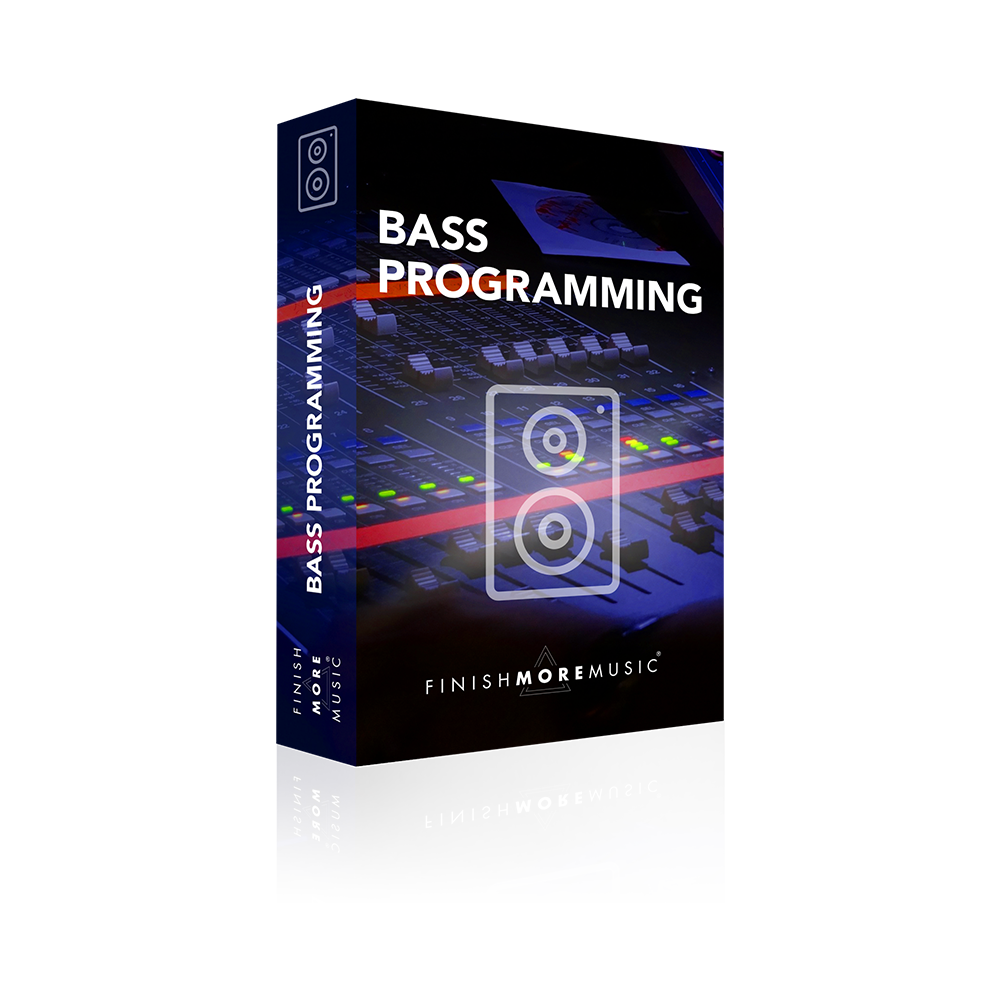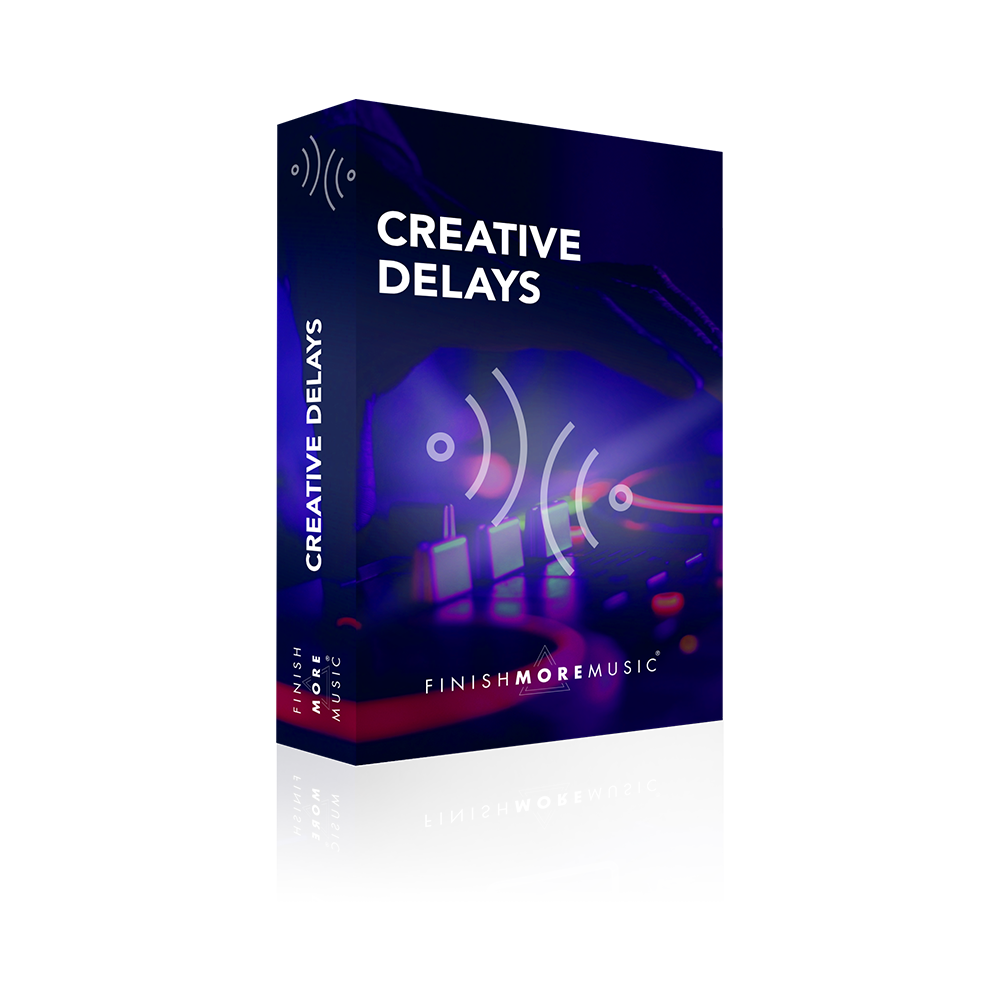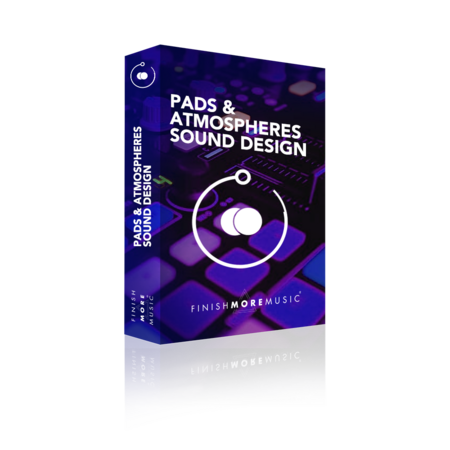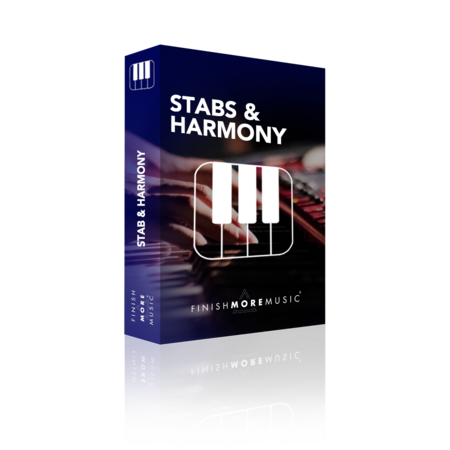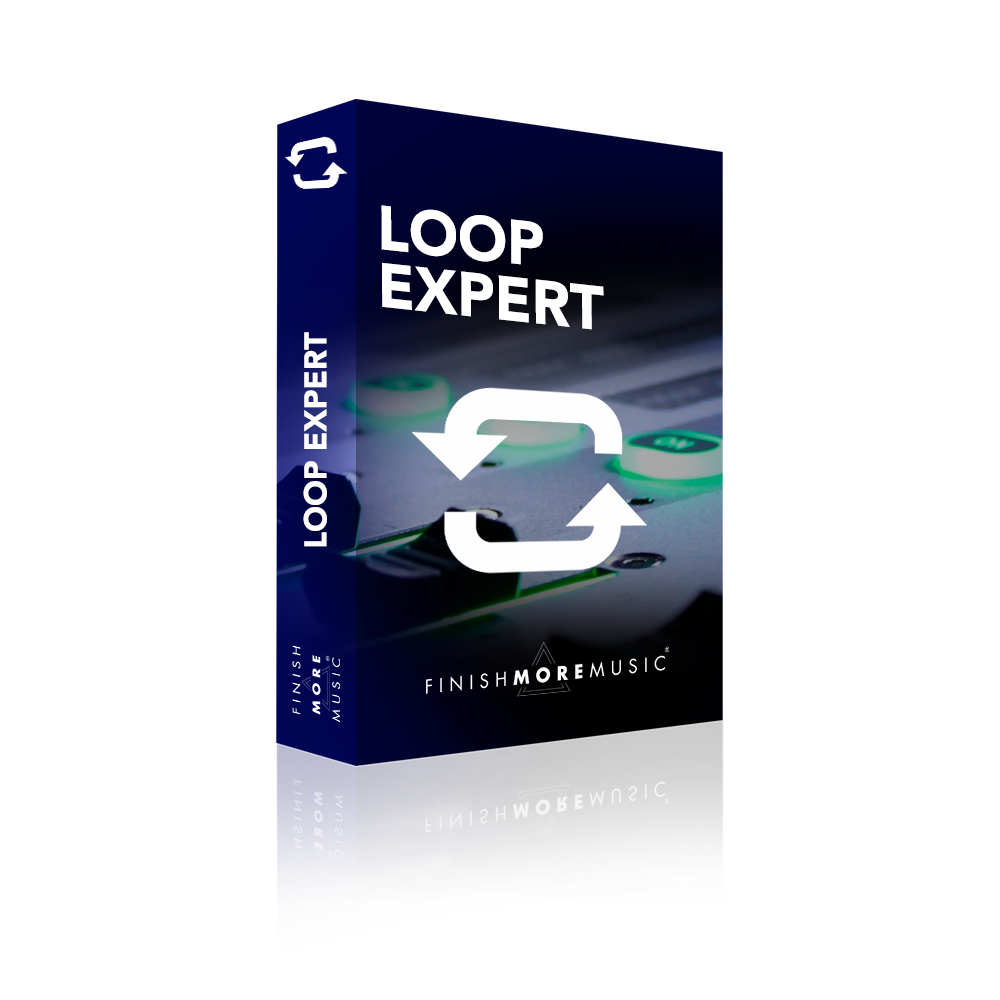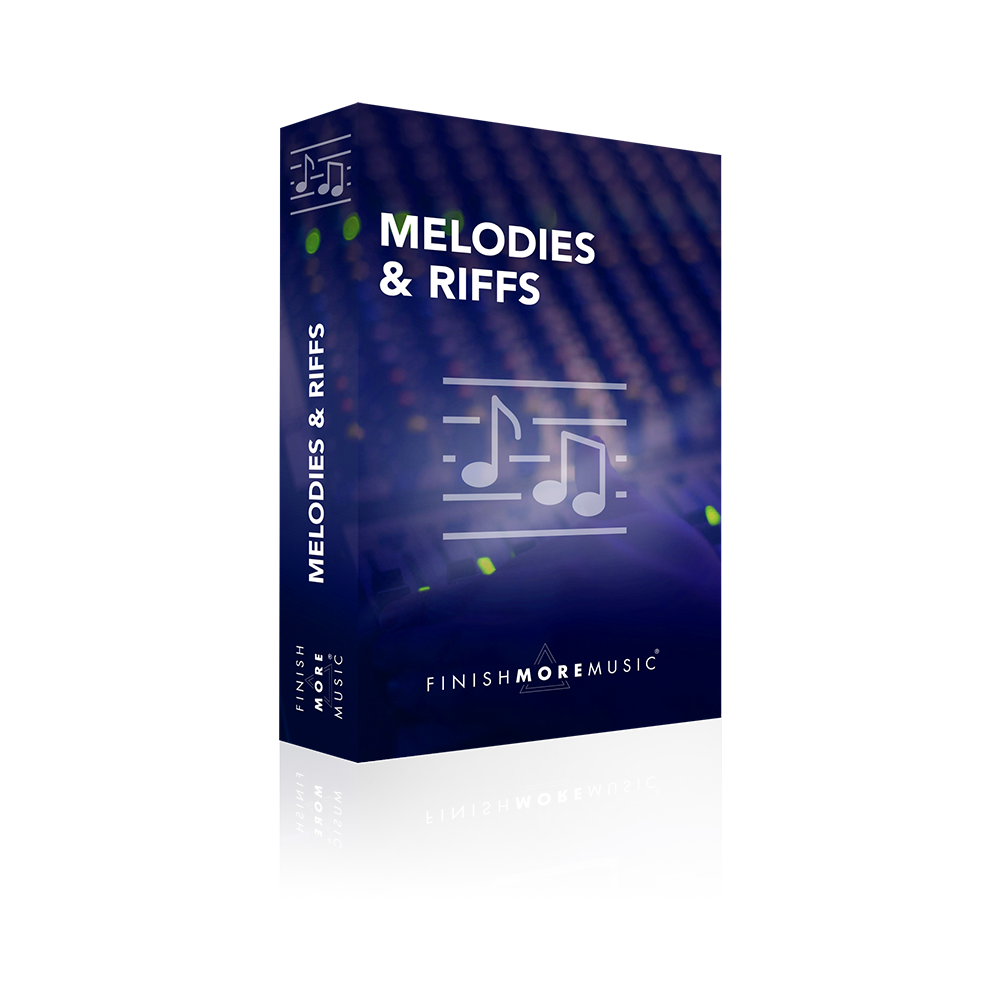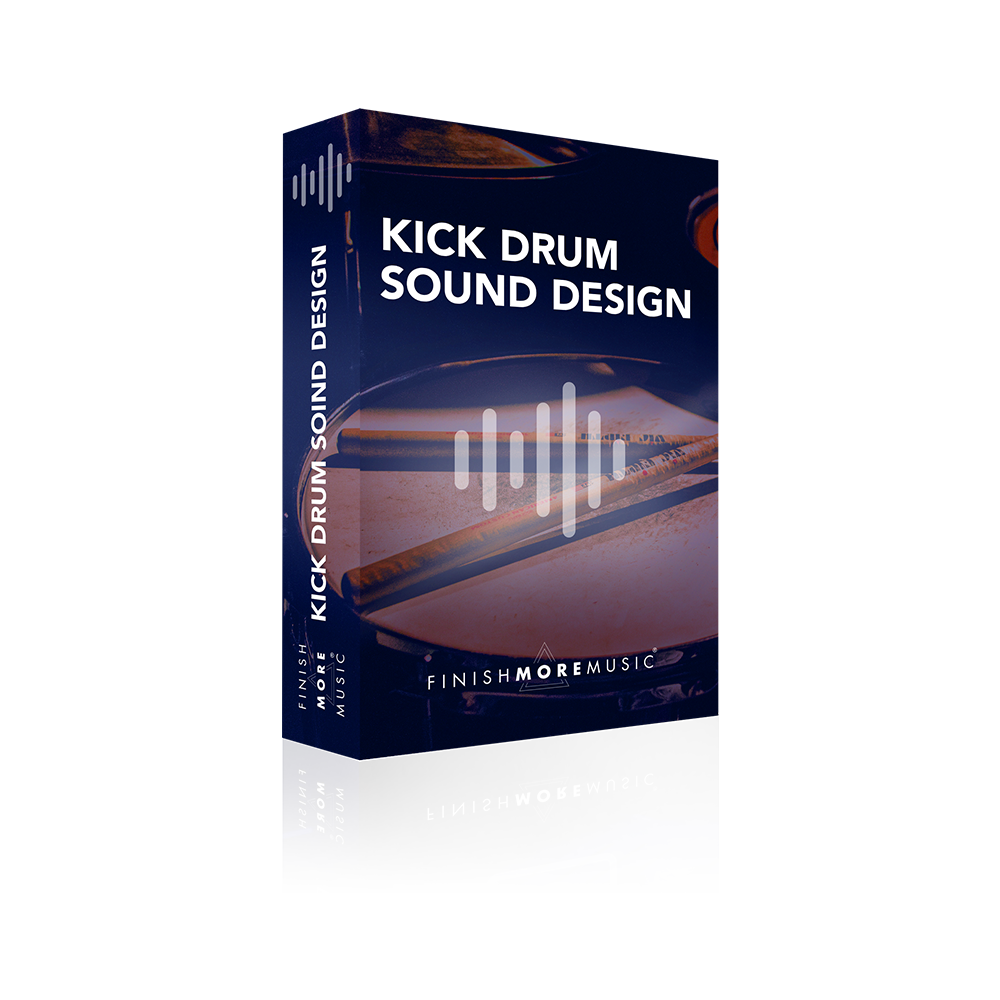Using a killer vocal will add an incredible organic feel to your music, and this technique will make it even more interesting.
Quickly learn how to create a big, lush, wide vocal sound, that also adds character and interesting rhythms to your track.
This advanced delay technique is fast to learn, easy to do, and adds really nice character to dry vocals.
Transcript
okay so in this tutorial we’re gonna take a look at a really cool delay technique that creates big washed out lush vocals but also add some really nice accented rhythms to certain words.
So let’s listen to the drive oh cool sample you showed me so in the main body of this tutorial we’re gonna be looking at using multiple delays to get the effect we want but before we get there.
I’m gonna add some reverb and chorus that I’ve already dialled in so have a listen now so you can hear this as thick and it out put it in some nice space so that’s a really good start for us.
Now we’re going to send a signal to two different return tracks and at the first delay that we’ve got is a standard ping pong you want this set to a hundred percent wet because it’s on a return and I don’t want to duplicate any of the dry signal.
I’ve applied some filtering to this so it’s mainly just delaying the lower mid-range and you can play around with this to find the right kind of filtering that works with a vocal you’re using.
Then I’ve got thirty percent on the feedback so it’s not hugely ringing out but we’ve got a nice number of repeats and finally a delay time here very important is quarter of a bar so it’s really locked in nicely with the tempo of the track.
This first one I recommend keeping this on a quarter of a bar you get really nice solid rhythmic delay let’s dial it in and have a listen to how this sounds.
You can hear a really predictable delay sound working on top of this works really really nicely on the 4/4 rhythm and now it’s time to add a second delay.
So this is the one that’s going to create these really nice sort of accented character for rhythms to certain words and as you can see I’ve got an overdrive set up on this so on the higher frequencies it’s got a little bit of crunch, little bit of character and then the delay here a straight delay.
I’ve got about 60% on the feedback and again I’ve gone for a quarter of a bar but with this one you can experiment like three sixteenths can often be quite nice on this as well I find.
So let me give you an example of this: for this one it’s not going to be constant I’m just going to throw it up for certain words you can hear that additional sort of crunch that we’re getting coming in. So, what I’m gonna do is now just drawing some automation for this.
Usually I would jam this in because it gives a much more natural feel but I haven’t got a controller with me I’m just using the mouse and to record it in with my trackpad as you can tell already I’m sort of all over the place with.
It’s not a very accurate device to use for this so let’s grab a few different words. I think we’re gonna go in here. Okay, so that’s sounding pretty cool and that’s the kind of effect that we’re gonna get.
Now, one additional tip on this if you want a bit more character then you can drive up the signal into the overdrive and then back off on the volume on the return just drive that a bit more.
You can hear we’re getting that more kind of gritty character coming out of this. So it’s a really nice way to get that big lush sound but also to add these cool vocal rhythms cutting throughout the mix and I advise messing about with a different delay times the amount of overdrive the type of distortion you use you can get some really really nice settings
Thank you for watching
I really appreciate you tuning in and I hope you’re enjoying the tutorials and taking some real value into your music sessions.
If this video resonated with you and you feel it will have a positive impact on the people you know, please share it by using the social media buttons you see at the bottom of this page.
To make sure you are always the first to know when a new video lands: Subscribe to the FMM Youtube channel here.
Let me know how you get on with the techniques I showed in the videos and if you have any suggestions for future tutorials, ping me a message on Instagram (@IamKeithMills)

